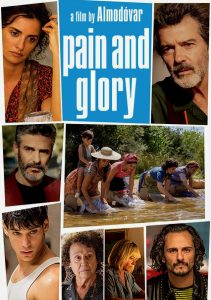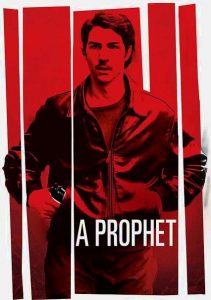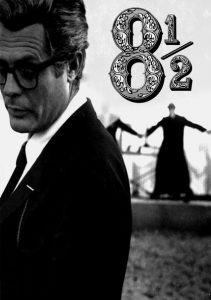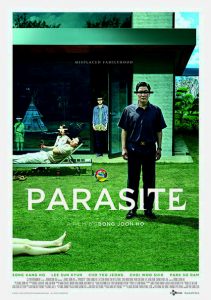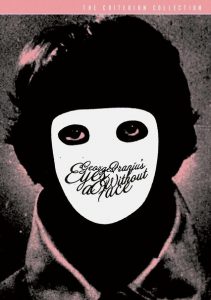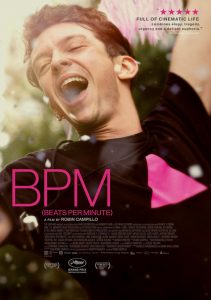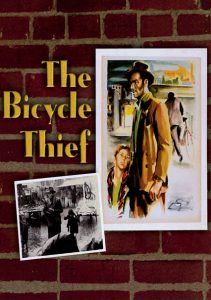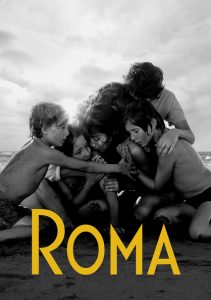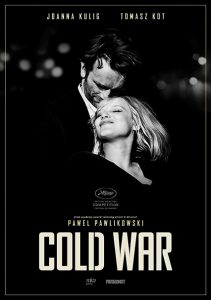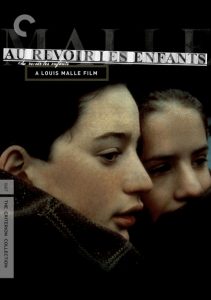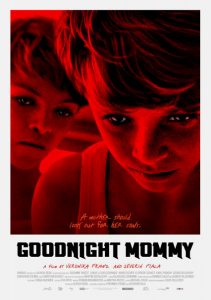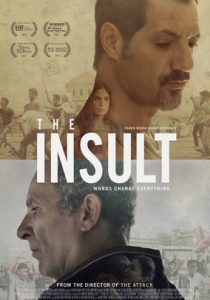Valerie and Her Week of Wonders-1970
Director Jaromil Jires
Starring Jaroslava Schallerova
Scott’s Review #1,076
Reviewed October 30, 2020
Grade: B+
One of the oddest films I’ve ever laid eyes on. The best way to view a film like Valerie and Her Week of Wonder (1970) is to absorb it and let it either pull you in or turn you off.
The cadence is to feel the film and then search for any semblance of meaning or interpretation later, or perhaps never.
The genre best to categorize the film is art cinema meets fantasy meets horror meets fairy tale. Is it ever a bizarre experience? If one is to take hallucinogens first, this film is a recommended watch.
The production is Czech and is translated to Valerie a týden divů in its native language.
The story involves a week in the life of Valerie (Jaroslava Schallerová), a girl on the cusp of womanhood, and the weird sexual thoughts and desires she encounters while blossoming. She encounters witchcraft, vampires, and a bizarre Constable, who wears a mask.
Valerie is raised by the strangest grandmother (Helena Anýžová) imaginable, who morphs into other characters named Mother and Redhead. Valerie does not live a boring life.
One poster for the film is of a blooming flower with splotches of blood that can be interpreted as a girl losing her virginity.
To delve much further into the plot than a quick summary is wasteful because it doesn’t make very much sense. Such activities as Valerie’s grandmother making a pact with vampires to keep her young forever, Valerie lying in a coffin surrounded by rotten apples, being burned at the stake, and finally being followed and menaced by her priest, are a few of the shenanigans the film presents.
This is shrouded by some of the loveliest photography and scenery you’ve ever seen.
The creativity and the experimental nature of Valerie and Her Week of Wonders are what will allure an open-eyed viewer seeking something left-of-center….very left-of-center.
The story is secondary.
The medieval landscape is gothic and haunting, perfect for evil-doings and strangeness. Not to harp on this point, but the look of Valerie and Her Week of Wonders is the money shot. All else can be left by the sidelines.
The perspective is all Valerie’s, which is nice in an early 1970’s feminist way. It feels like Valerie is changing from a girl to a woman and a strong one at that. She is coming into her own after facing and challenging demons. In the mix is a handsome man who titillates Valerie.
I felt like I was emerging into the girl’s subconscious and experiencing her fears and desires alongside her.
Critically speaking, I would have preferred a little more logic and wrap-up, but that’s just me.
Surely, not a realistic interpretation, Was the girl dreaming while asleep or merely delving into fantasy one day? The more I tried to follow the story and put together the pieces like working on a puzzle, the less this did me any favors.
I then decided to space out and indulge in the other lovelies included. I should have done this from the beginning.
I am unsure how many Czech films I have seen if any, but Valerie and Her Week of Wonders (1970) is a clear example of what Czech filmmakers can do and it’s crazy what they can come up with.
The mystique is likely multiplied on American audiences and a viewer used to more formulaic approaches to film. With a desire for more put-together stories and logic, I nonetheless admired this film for the magic and style offered.






